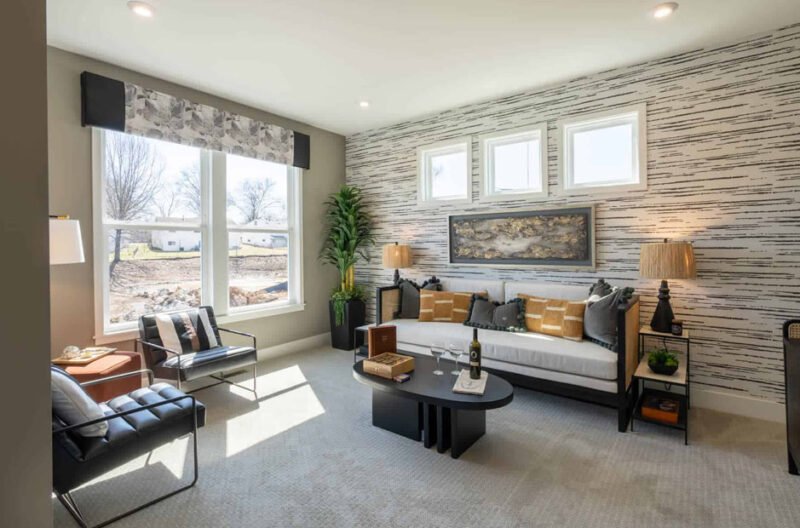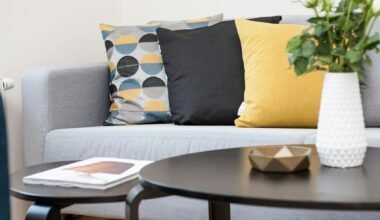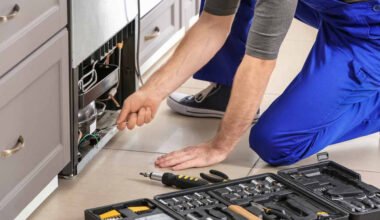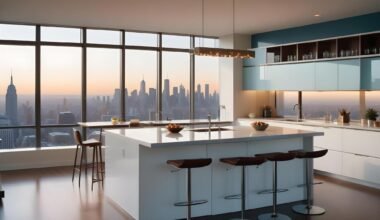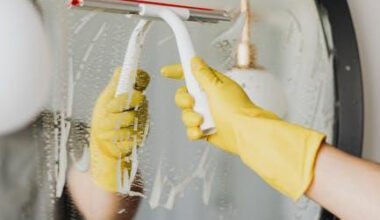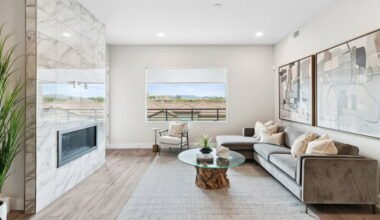As sunlight streams into our homes, offices, and storefronts, it carries with it more than just warmth and brightness. It also brings invisible ultraviolet (UV) rays—subtle but powerful elements that, over time, can cause irreversible damage to everything from your hardwood floors and furniture to artwork and electronics.
While curtains and blinds offer a temporary shield, more advanced solutions are now making it easier to maintain visibility and comfort without sacrificing protection. Among them, 3M security film stands out—not just for its ability to reinforce glass and enhance safety, but for its underappreciated UV blocking benefits.
UV protection is no longer just a concern for beachgoers and skincare enthusiasts. It’s now a core strategy for preserving indoor environments—residential, commercial, and even institutional. This blog explores why UV protection is critical in today’s built environments, the long-term effects of sun exposure on interiors, and how modern film technology plays a vital role in reducing damage and maintaining value.
1. The Unseen Enemy: How UV Rays Damage Interiors Over Time
Most people associate UV rays with sunburns and skin damage. But UV radiation—especially the UVA spectrum—is also responsible for a gradual but relentless process of deterioration inside our buildings.
UV rays penetrate glass and directly affect organic materials. What begins as a slight fading of fabric eventually leads to brittle leather, discolored wood, warped plastics, and cracked sealants. Framed photographs, delicate textiles, antiques, retail displays, and even high-end flooring can lose their luster.
Many interior designers and architects now account for this phenomenon by considering UV mitigation early in the project lifecycle. But for property owners, awareness often comes only after the damage is done—when a once-beautiful hardwood floor is noticeably two-toned from uneven sun exposure or when expensive upholstery fades beyond repair.
The effects are not only aesthetic. UV damage can also compromise material integrity and resale value. While materials like glass, stone, and metal are more resilient, the organic elements that make interiors feel lived-in and warm—like fabrics, wood, paint, and paper—are the most vulnerable.
2. Traditional Fixes Fall Short: Why Curtains and Tints Aren’t Enough
In response to UV-related interior damage, many people instinctively turn to conventional solutions: blackout curtains, blinds, or tinted windows. These approaches do provide some relief, but they often come with tradeoffs.
Curtains and blinds, for example, require daily manual adjustment. They block light entirely, often creating dark spaces that feel closed off. And they’re prone to wear and tear—ironically, often due to the very UV rays they’re trying to stop.
Standard window tinting offers a more passive solution. However, not all tint films are designed to block UV rays specifically, and lower-quality films may bubble, peel, or distort visibility over time. Moreover, tint often comes with a noticeable reduction in natural light, altering the mood and ambiance of a space.
Modern UV protection demands a more sophisticated balance: maintaining transparency and brightness while quietly filtering harmful rays. That’s where high-performance films like those engineered by 3M come into play.
3. Invisible Defense: How Modern UV Window Films Work
UV window films work at the molecular level. They are constructed with multilayered technology that selectively filters out specific parts of the light spectrum—particularly UV and infrared (IR) rays—while allowing visible light to pass through nearly undisturbed.
These films are applied directly to the inside surface of existing glass and are typically made from polyester and specialized coatings that block up to 99.9% of UV radiation. Their composition may also include nanotechnology that can reject heat, reduce glare, and increase shatter resistance without affecting optical clarity.
Here’s what makes them especially effective:
- Broad-spectrum filtering: Unlike standard tints, high-performance UV films don’t just target one narrow band of UV. They block UVA, UVB, and sometimes even infrared rays.
- Non-obstructive clarity: The best films are nearly invisible, preserving the look and brightness of a space without creating noticeable tint or haze.
- Longevity: Quality UV films last years—even decades—when professionally installed, providing continuous protection without fading or bubbling.
These films also reduce solar heat gain, easing the burden on HVAC systems and potentially lowering energy bills. But their protective role in preserving interiors remains one of their most overlooked strengths.
4. Applications Beyond the Living Room: Where UV Film Makes the Most Impact
UV protection films aren’t just for sunny condos or modern office towers. Their utility spans a wide range of environments and use cases—each with different needs, but a common goal of long-term preservation.
Art Galleries and Museums
Preserving priceless artwork is a mission-critical task, and UV radiation is among the greatest threats. Curators and conservators increasingly turn to window films as a way to reduce light-based degradation without compromising the visitor experience.
Retail Spaces
Product displays near storefront windows are especially vulnerable to fading and heat buildup. UV films help maintain merchandise quality while ensuring the storefront remains visually appealing and inviting.
Libraries and Archives
Paper, ink, and bindings are all sensitive to light. UV filtering helps extend the lifespan of rare books, manuscripts, and archival materials, especially when climate control alone isn’t enough.
Residential Homes
Families invest thousands in furniture, flooring, and décor. UV window films serve as a passive guardian for those investments, especially in spaces with large or south-facing windows.
Educational Institutions and Offices
Beyond aesthetics, UV filtering contributes to healthier indoor environments. Reducing UV exposure minimizes eye strain and skin damage for those working or studying near windows for hours a day.
The versatility of window films means that any space with glass exposure can benefit—from historic buildings to hospitals, greenhouses to hotel lobbies.
5. Looking Ahead: Why UV Protection Is Becoming a Design Standard
What was once considered a specialty solution is quickly becoming a best practice in building and interior design. Architects, designers, and even real estate professionals increasingly recognize UV protection not as an optional feature, but as a standard component of high-performance spaces.
Three driving trends are influencing this shift:
- Greater awareness of sun damage indoors: Homeowners and commercial tenants alike are more informed about how the sun affects their belongings, prompting them to seek protective solutions early.
- A focus on sustainability and long-term value: Investing in protective measures that extend the life of furnishings and reduce energy consumption aligns with today’s sustainability goals and economic sensibilities.
- Blending comfort with visibility: As people work and live in brighter, glass-rich environments, the challenge is maintaining openness and natural light without compromising health or comfort. UV window films allow spaces to be light-filled without being light-damaged.
Furthermore, with new developments in smart glass, climate-adaptive building envelopes, and light-sensitive technologies, UV protection films are being integrated into larger systems of responsive architecture.
It’s also worth noting that property owners are beginning to recognize UV damage as a factor in maintenance costs and insurance claims. Preventive measures like window films are now seen as protective infrastructure—much like weather sealing, insulation, or security systems.
Final Reflection: The Quiet Power of Prevention
UV damage doesn’t happen overnight. It builds slowly, invisibly. But by the time its effects are seen, the cost of reversing the damage—or replacing affected interiors—can be significant.
That’s why the conversation around UV protection needs to shift from reactive to proactive. It’s not about fixing faded floors or recovering damaged artwork—it’s about preventing those issues in the first place.
UV window films provide a low-profile, high-impact way to guard your interiors—without shutting out the light or the views that make a space feel alive. In doing so, they protect not just the things inside a building, but also the experience of being inside it.
In an age where light is everywhere, the smartest solutions are those that help us harness its beauty without suffering its consequences. And in that quiet, nearly invisible layer applied to your windowpane, a great deal of future damage may already have been prevented.
